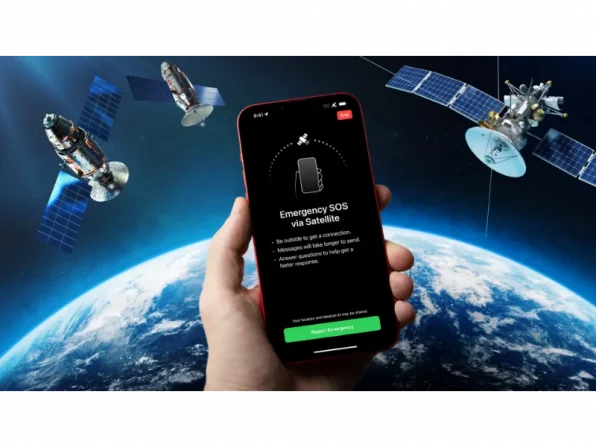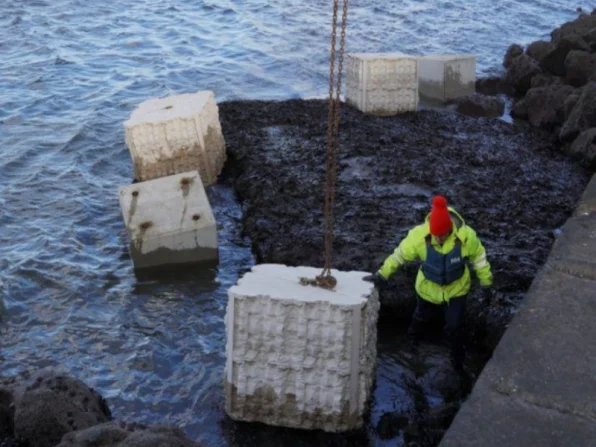- NASA’s plan to bring rock samples back to Earth from Mars is on hold and a faster, cheaper way is being pursued.
- Retrieving Martian soil and rocks has long been on NASA’s to-do list, but the date keeps moving as costs skyrocket.
- NASA’s Perseverance rover has collected 24 core samples in test tubes and is targeting more than 30 samples to look for possible signs of ancient Martian life.
A plan to bring samples back to Mars is shelved
NASA’s plans to bring samples from Mars back to Earth are on hold until a faster and cheaper method is available, the space agency said.
Retrieving Martian soil and rocks has been on NASA’s to-do list for decades, but the date keeps moving forward as costs skyrocket. A recent independent review put the total cost at $8 billion to $11 billion and the arrival date at 2040, about a decade later than advertised. NASA Administrator Bill Nelson said it was too much, too late. He asked private industry and space agency centres to come up with other ideas to revamp the program. With NASA facing across-the-board budget cuts, he wants to avoid undermining other science programs to fund the Mars sample project.
“We want to get every new and fresh idea we can,” he said at a news conference.
Further requirements for sample number
Since landing in the Jezero Crater, an ancient river delta on Mars, in 2021, NASA’s Perseverance rover has collected 24 core samples in test tubes. The target is more than 30 samples to look for possible signs of ancient Martian life.
NASA hopes to send at least some of the collected samples to Earth sometime in the 2030s for no more than $7 billion.
Nicky Fox, NASA’s science mission chief, declined to speculate at the news conference on when the samples would reach Earth, or even how many samples might be returned given the new plans and timelines. She said that information would be included in any proposal. “We’ve never launched from another planet, which is actually what makes Mars sample return such a challenging and interesting mission,” Fox said.
Scientists are eager to analyse raw samples from Mars in their own LABS, which is far superior to the kind of basic tests that spacecraft can perform on the Red Planet. According to NASA, such in-depth testing is needed to confirm any evidence of microscopic life dating back billions of years to water flowing on Earth. Nelson said the samples will help NASA decide where astronauts will go to Mars in the 2040s.









